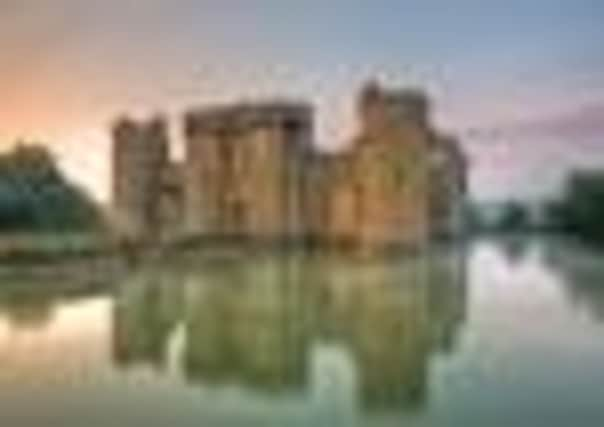Landmark Act played keyrole in protecting heritage


The passing of the Ancient Monuments Consolidation and Amendment Act in 1913 recognised for the first time that there are physical remains of the nation’s history which are so special and so significant that the state has a duty to ensure their continued survival.
It was prompted by a single incident. In 1911, Tattershall Castle in Lincolnshire, built in around 1440 by the Lord Treasurer of England and considered the finest example of medieval brickwork in the country, was sold.
Advertisement
Hide AdAdvertisement
Hide AdIt was bought by a consortium of American businessmen who planned to demolish it brick by brick and ship it back to the States.
At the eleventh hour, Lord Curzon, the former Viceroy of India and restorer of the Taj Mahal, stepped in and made an offer to buy the Castle and land around it, which the Americans accepted.
The dramatic rescue of Tattershall was taken as the prime example of the need for action when in 1912 Parliament was preparing to strengthen protection for historic buildings and monuments.
Speaking in the House of Lords on 30 April 1912, Lord Curzon declared: ““The whole attitude of this country and of the civilized world in general has changed towards archaeology in recent years. We regard the national monuments to which this Bill refers as part of the heritage and history of the nation. They are documents just as valuable in reading the record of the past as any monument or parchment deed.
Advertisement
Hide AdAdvertisement
Hide AdThe Act introduced a system where the Office of Works could issue a compulsory ‘Preservation Order’ when a monument or building of sufficient ‘historic, architectural, traditional, artistic, or archaeological interest’ was at risk of demolition by a private owner.
It also introduced ‘scheduling’ of monuments. This involved compiling a list of monuments which were deemed by an expert board to be of ‘national importance’. Once a site was on the list and the owner informed, it became a crime to damage it.
Finally, the Act gave powers to take into guardianship, monuments of outstanding importance.